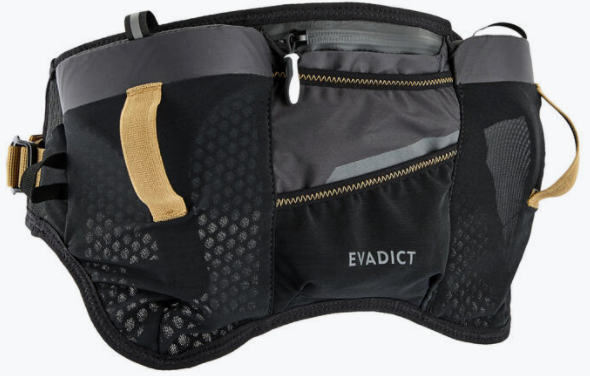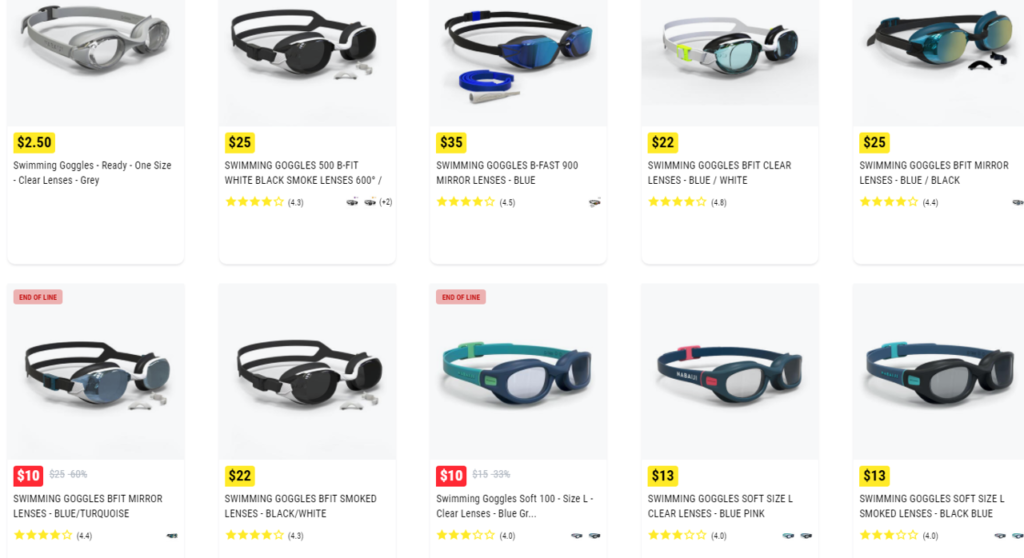In the late 70s, I remember cross-country skiing with my parents. I was only 5 or 6 years old. My dad would always wear maroon wool pants that ended right below the knee, and tall off-white socks.
He had a matching hat with a pom-pom thing on top and leather mittens lined with wool, knitted by his mother.
And his poles? They were bamboo.
Year after year he wore the same thing because it worked. No reason to buy anything new. The new styles and fickle fashion changes were no match for his simple and practical approach.
Now, at age 86 and he can still be found in the snowy mountains of Oregon wearing the same socks, pants, and hat. I guess the gloves and poles gave way.

Recently, some kids commented on how cool the pants looked – I guess it’s some retro look now – and he got a kick out of that.
While they were probably decked out in the latest 2022 styles.
But he was never one to buy and discard, but buy and use forever.
In the western world, a garment is only worn 7-10 times, on average. This is according to the Ellen MacArthur foundation.
This “buy cheap, buy twice” mentality is wasteful and bad for the environment.
According to a report by Quantis, the clothing and shoe industries are responsible for 8% of global greenhouse gas emissions. That’s almost as much as the entire European Union.
Massive brands like Shein, Top Shop, and Zara sell billions a year with cheap, trendy products that may well get discarded quickly and replaced with the latest product.

They promote them on Tik Tok or Instagram and if they go viral they quickly ramp up production through tight vertically-integrated supply chains.
And I would bet that fast fashion has made its way into the performance sportswear industry, too, where these items are only worn during training or competition.
And then they’re switched out each year for the newest style or color.
While no triathlete could ever get totally kitted out for $30 (apparently you can buy a full wardrobe from Shein for $30), prices are indeed dropping.
The sports brand Decathlon, though not available in the US, is the largest sports retailer in the world. They have been able to produce insanely low-priced products that perform reasonably well – sometimes great.

While fast fashion in sports may not be ideal, on the surface, it’s great for the consumer.
I can get running shorts for $8, goggles for $2.50, a tri suit for $60, but now it’s on sale for $30, and a truly awesome hydration belt for $30 (I know it’s good, I have it)…the list goes on and on.

But what does that do for fast fashion and excessive consumption? Before Christmas I found myself indiscriminately grabbing cheap goggles, cycling shorts, swim shirts, tennis rackets, bike locks and more for my kids as Christmas presents.
But before Decathlon set up its huge stores, I had to go to local specialty bike shops and pay far more.
Back then, I had to put more thought into what I was buying and I probably bought less.
I valued the products more, probably treated them better, and used them to their fullest.
And it doesn’t stop with cheap things. I’ve been surprised to see this overconsumption even with bikes.
Here in Singapore, and likely elsewhere, it’s not rare to find $10k+ bikes for sale used that have had very little use. Example here – ridden only a handful of times.
In general, I’m happy to pay extra for a product that won’t need to be replaced for years, and that won’t really go out of style.
When I first got into cycling, I bought some 30 Euro bib shorts in Amsterdam that didn’t last – and that proved to be a mistake.
I paid way more for some quality bibs from The Sufferfest (fun fact – I bought them directly from the founder while he was my client when he still worked for a bank) – and I only threw them away 9 years later.

Brands know we’ll pay more for longevity and quality, which is why Houdini can charge $80 for a pair of underwear.
They’re a brand that’s explicitly opposed to fast fashion, and price their stuff accordingly.
But the lure of cheap and good still beckons. Thankfully, Decathlon hasn’t managed to produce road bikes that rival the best (they seem to be getting close though), so I’m still on my bikes from 2016 and 2017.
Until then, I’ll try to be more deliberate with my purchases, and make what I buy last as long as possible.
Even if I spend a bit more now, I’ll probably get more of my money’s worth in the long run.
Just don’t ask me to wear anything from the 70s.

Leave a Reply
You must be logged in to post a comment.